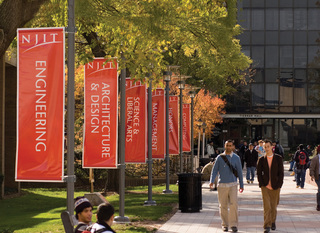Document Type
Thesis
Date of Award
12-31-1990
Degree Name
Master of Science in Mechanical Engineering - (M.S.)
Department
Mechanical and Industrial Engineering
First Advisor
E. S. Geskin
Second Advisor
Nouri Levy
Third Advisor
Avraham Harnoy
Abstract
The objective of this study is to develop a practical procedure for prediction of the results of abrasive waterjet (AWJ) machining. The first stage of the study involves the development of the technique for prediction of the rate of material removal in the course of abrasive waterjet (AWJ) machining. A new parameter, Exergy Distribution Density (EDD), is introduced and used in order to characterize the cutting conditions. EDD, determined as the kinetic energy of particles delivered to a unit length of the generated surface, is the function of diameters of the sapphire nozzle (Dn) and the focusing tube (Dc), the particles flow rate (Qa), water pressure (P) and machining traverse rate (V). It is found that there is a strong correlation between EDD and material removal characteristic such as the depth of jet penetration.
It was found that besides of EDD the results of machining are affected by the particles' destruction in the course of mixing. This destruction is also investigated in our work. The effects of the Dn, Dc, Qa, S and P on particles destruction were evaluated. The samples were collected after mixing, followed by sieve analysis. It was found that the particles' destruction is determined mostly by P and Dn, then by Dc and to a lesser degree by Qa and S.
With the machining results of glass, aluminium and steel, several empirical models were established. Further experiments demonstrated that these models could be used to predict the cutting depth.
The work also includes characterization of material removal at practical industrial conditions. Fifteen different kinds of materials both metal and non-metal were cut for ten companies. The feasibility and operational conditions of AWJ machining of these materials were determined.
The performed work shows that selection of the practical conditions of AWJ machining is possible by integrating the following: evaluation of the details of AWJ formation, such as particles destruction; prediction of the surface geometry by the use of complex process characteristics; and the direct testing of machining technology.
Recommended Citation
Yang, Yu, "Characterization of material removal in the course of abrasive waterjet (AWJ) machining" (1990). Theses. 3009.
https://digitalcommons.njit.edu/theses/3009




